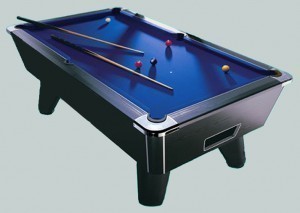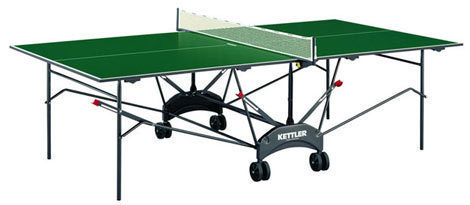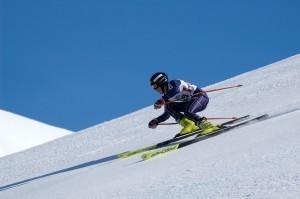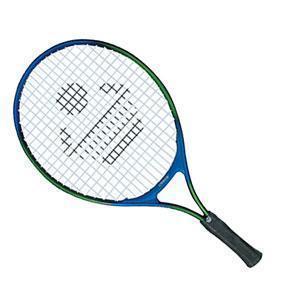How Big is a Racing Track?
A racing track or racetrack refers to a structure that is designed for the purpose of racing. It is usually one of the most noticeable parts of an Olympic stadium. However, this term can also refer to an entire facility, which can include among other things safety fencing, grandstands, and other pieces of infrastructure.
Purpose and Function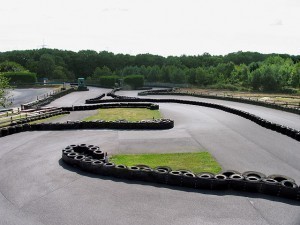
The obvious purpose of this facility of course is to provide a space in which to race. Racing may involve athletes, horses, motorcycles, cars, greyhounds, and a lot of other things. Simply put, it is a facility for motor sports, athletic races, and animal sports. There are different types of racetracks depending on the type of racing event for which each track is designed. Each racing track will also vary in dimensions depending on the race’s venue. However, Olympic and sporting events have official sizes specified in the rules.
Dimensions
The official size of an outdoor running track intended for Olympics or other running events is 400 meters, which roughly about a quarter of a mile. Running tracks have an oval shape with the inner field covered in grass or an artificial surface. Incidentally, the inner field is where field events take place and at times may be used as a soccer field.
Older outdoor running tracks are usually covered in cinder. Today’s tracks are outfitted with a rubber surface, which works better for the athletes who run on them. Indoor running tracks are half the size of outdoor tracks, making them 200 meters in length. However, there are indoor tracks that measure only 150 or 120 meters.
A horse racing track will of course be longer than a sprinting track for athletes. A racetrack that is designed for race horses will be about four times the size of a track designed for athletic sprinting, which is roughly the equivalent of one mile. This difference in the size of race tracks should be expected due to the comparison of human runners and racehorses.
Now, motorcycle racing and automobile racing is a different matter altogether. Not only are the dimensions of the track different but the design and surface features of these tracks are comparably different. Some racetracks for automobiles and motor bikes are made of dirt and some surfaces are made of asphalt. Concrete surfaces should be expected with regard to motor sports.
Racing tracks for motor sports are radically different with regard to their shape. There are oval tracks like the Adirondack International Speedway that stretches 1.593 km. There are also motor sports tracks that are asymmetrical just like the Carolina Motorsports Park in Kershaw, South Carolina, which stretches 2.235 miles.
The design, dimensions, and specific construction of racing tracks will vary depending on the intended racing event. The other factors that affect the size and shape of these tracks should also be considered.

